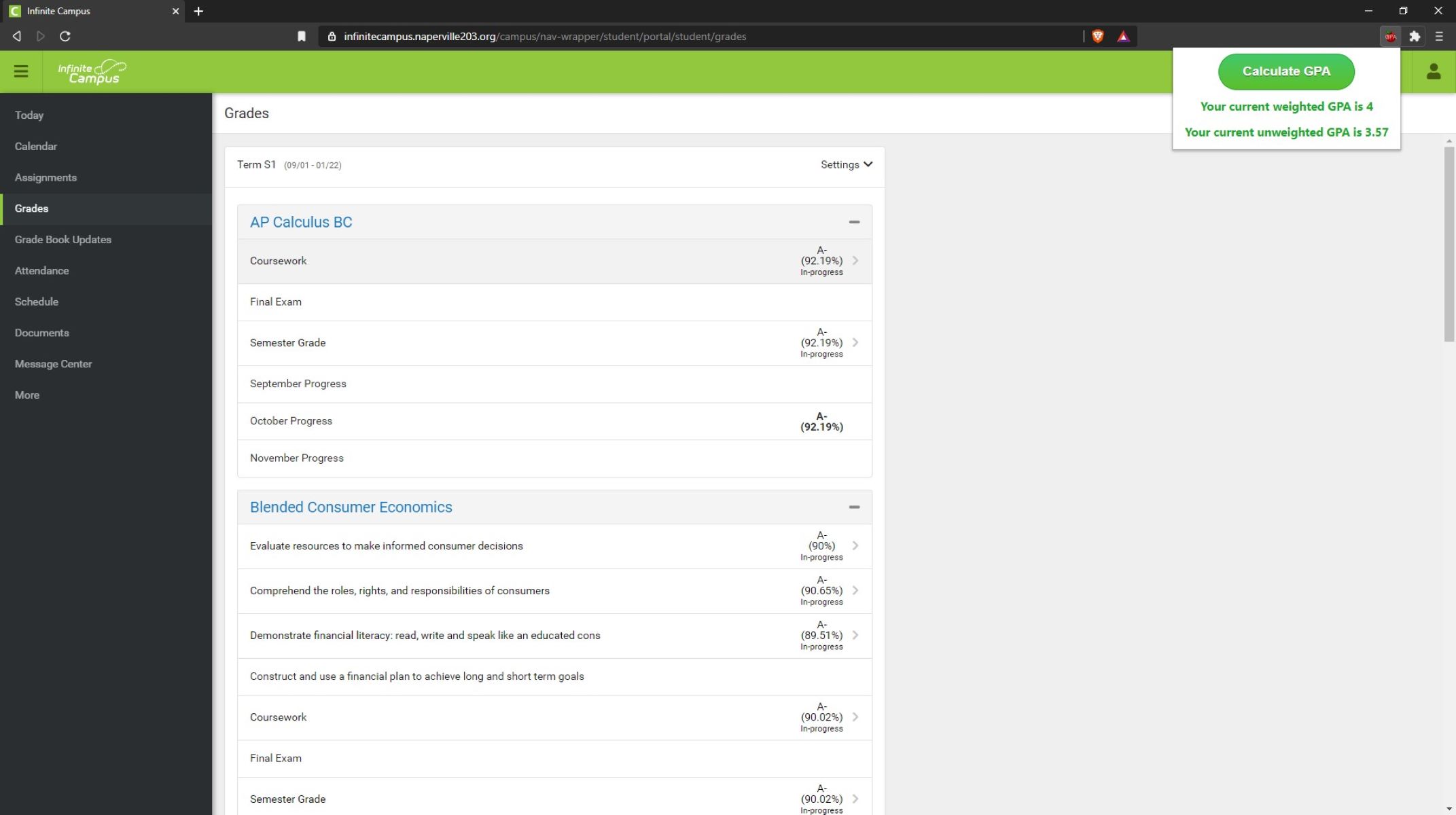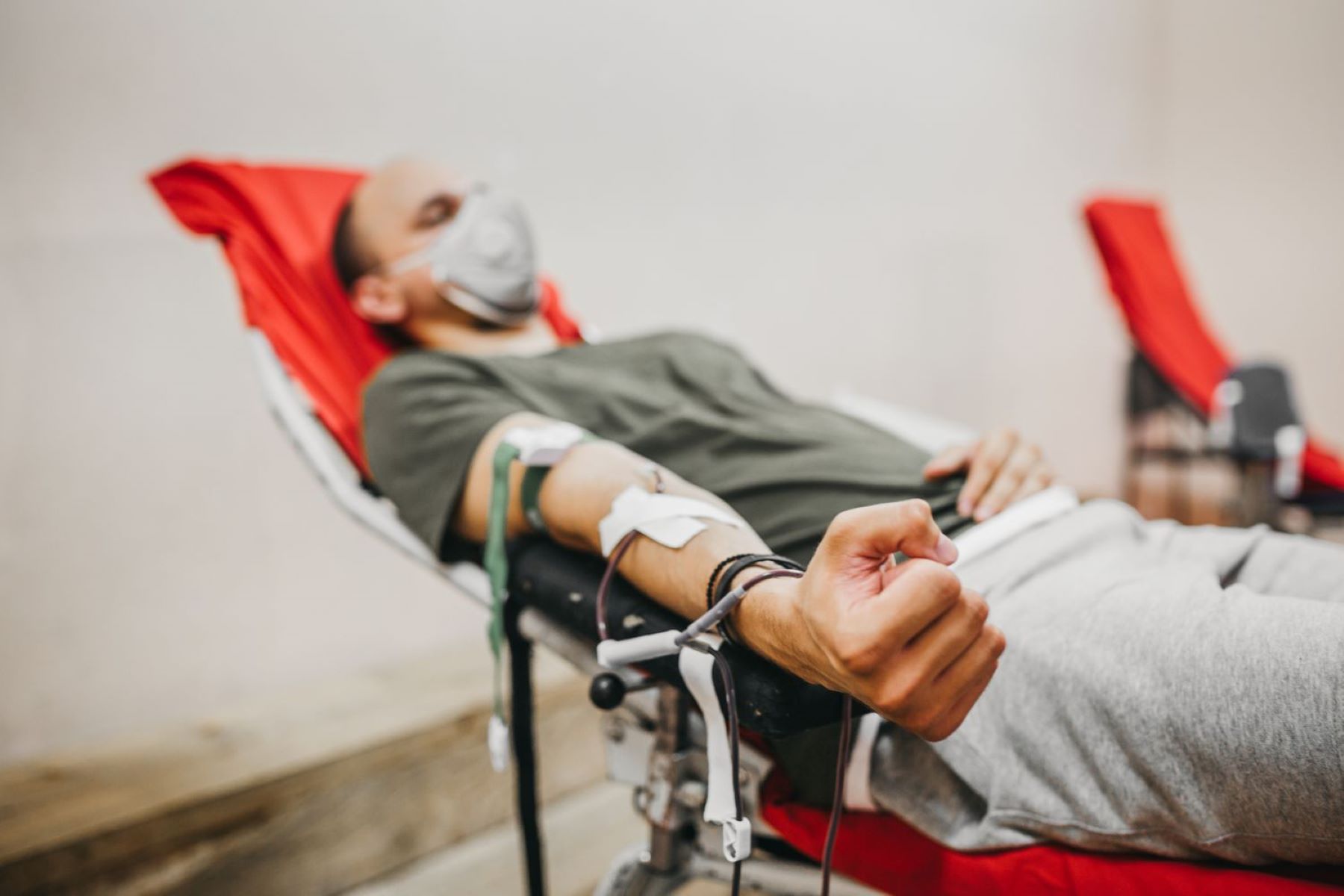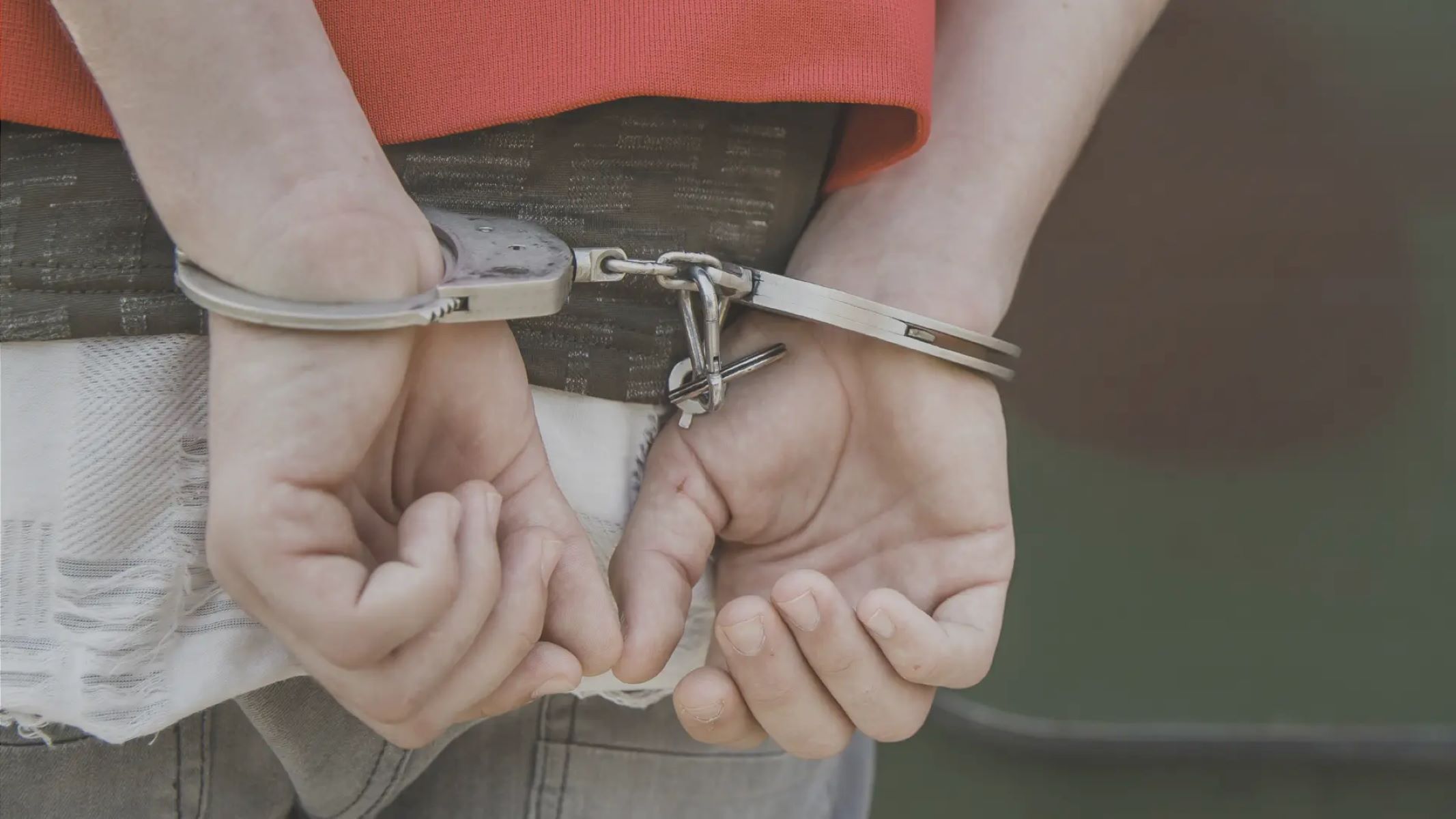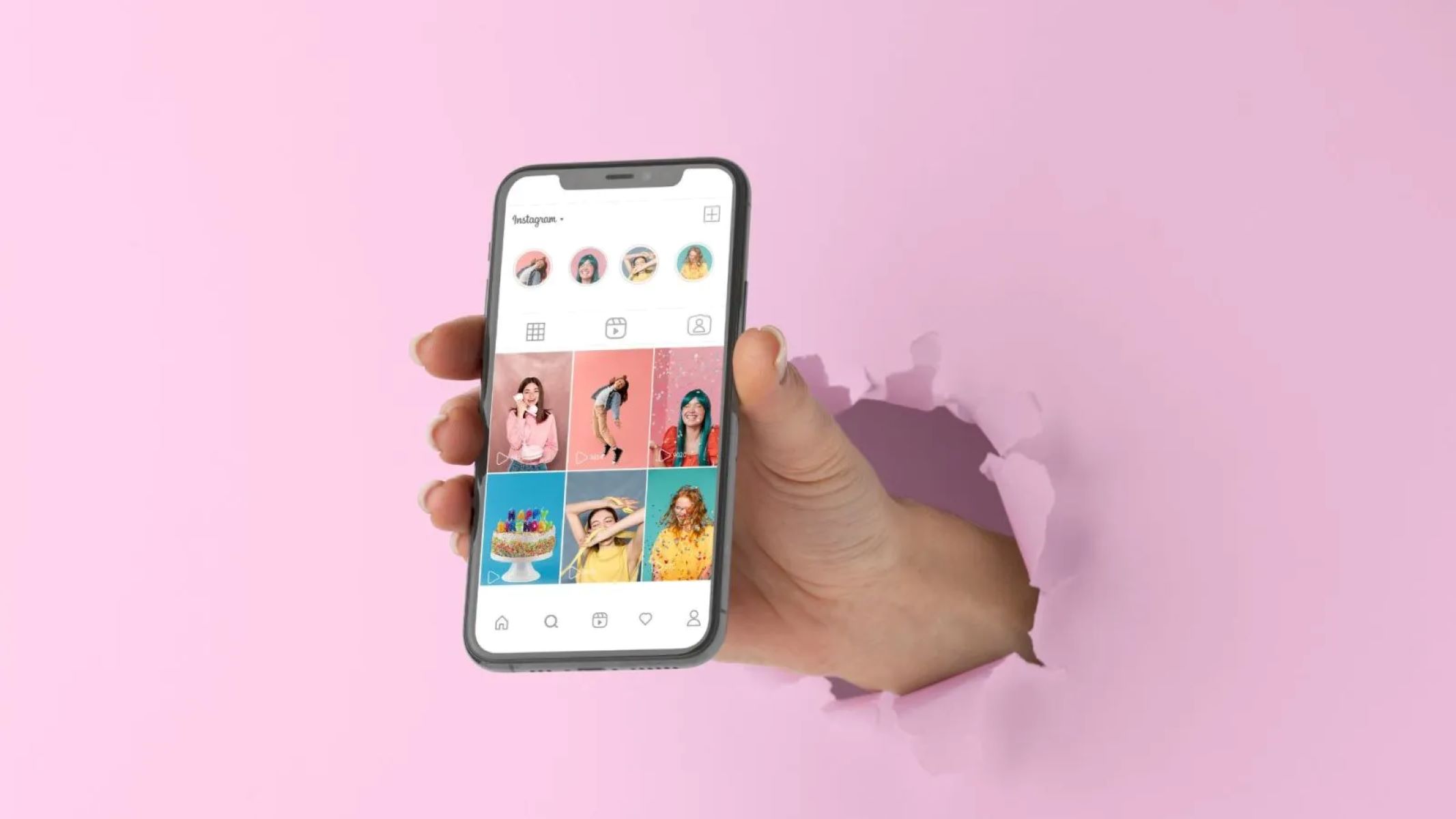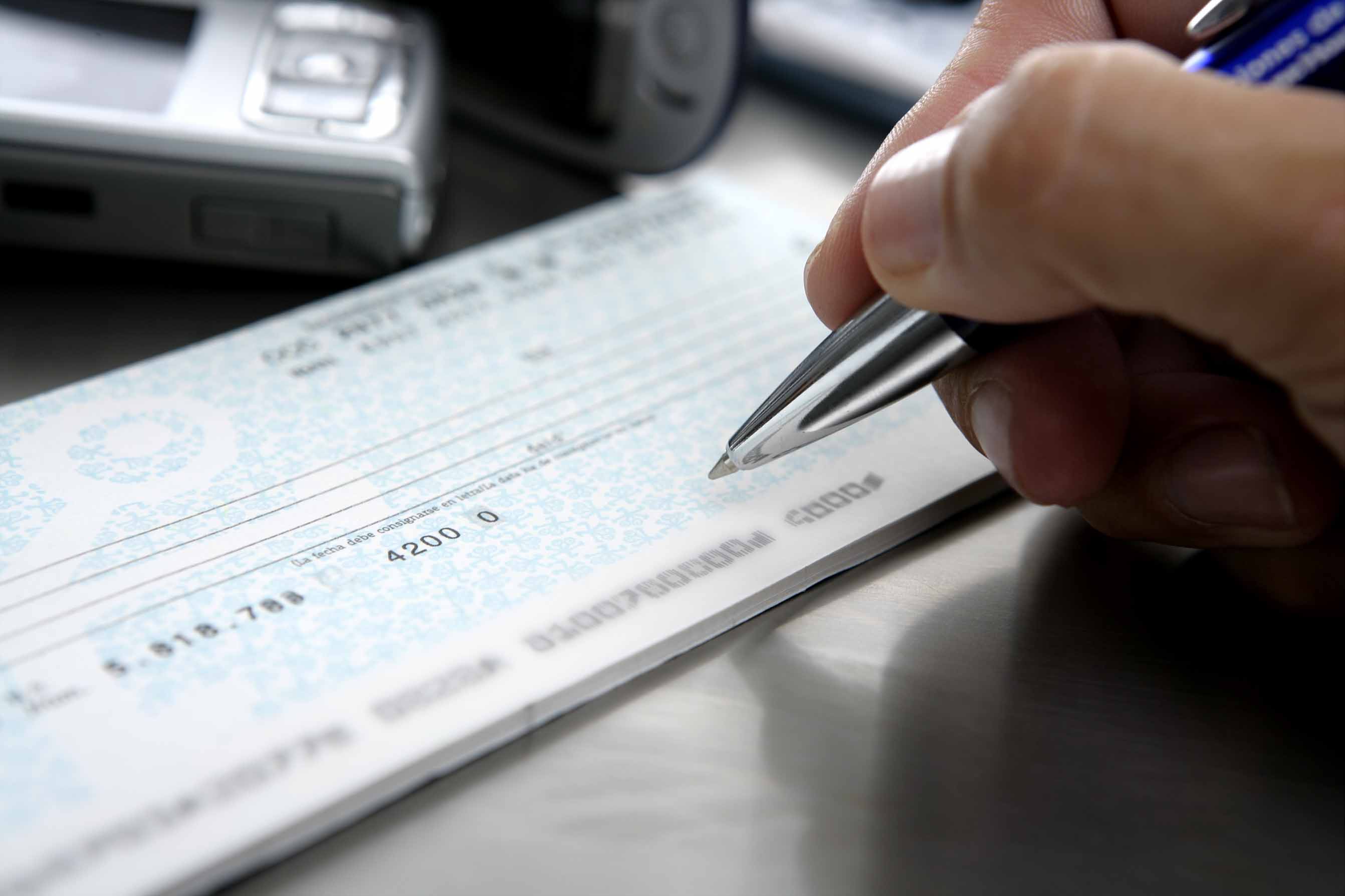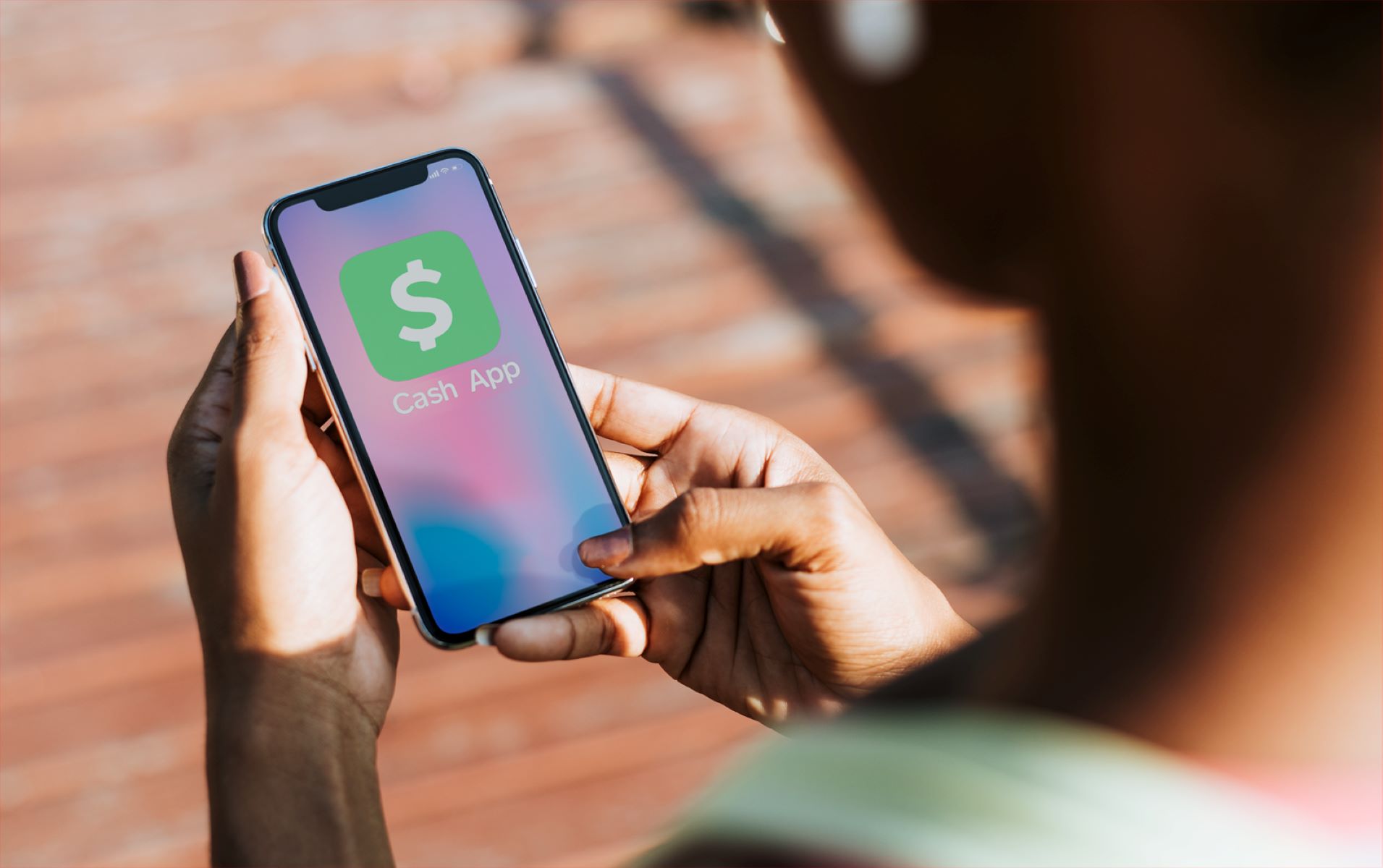Home>Health and Wellness>How To Check Yourself For Lice
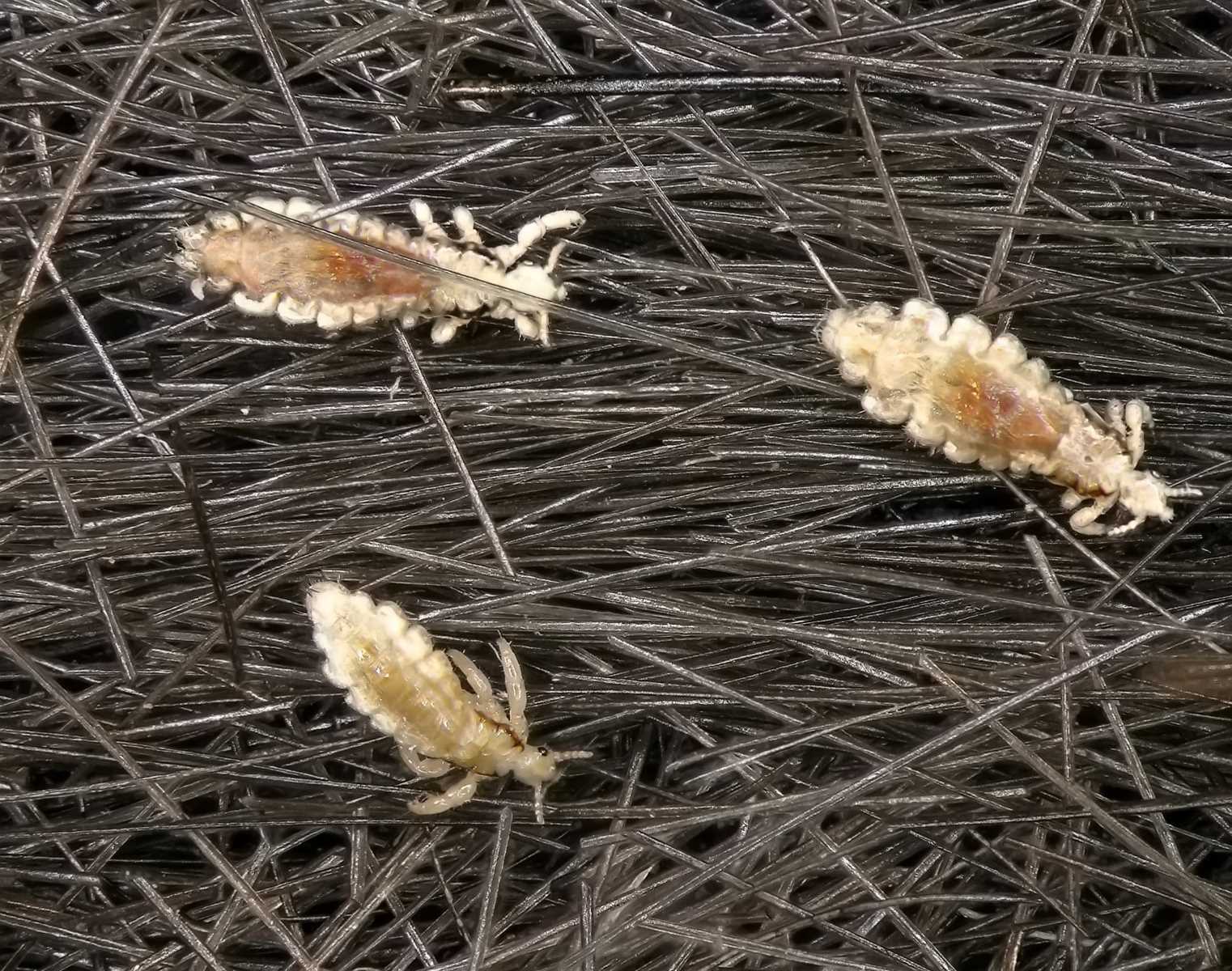

Health and Wellness
How To Check Yourself For Lice
Published: February 26, 2024
Learn how to check yourself for lice and maintain your health and wellness with our comprehensive guide. Prevent and treat lice infestations effectively.
(Many of the links in this article redirect to a specific reviewed product. Your purchase of these products through affiliate links helps to generate commission for Regretless.com, at no extra cost. Learn more)
Table of Contents
Introduction
Lice infestations are a common concern, especially among children and their families. These tiny parasites can cause discomfort and frustration, making it essential to understand how to identify and address them effectively. Whether you're a parent, teacher, or caregiver, knowing how to check for lice is a valuable skill that can help prevent the spread of these pesky critters.
In this comprehensive guide, we will explore the ins and outs of lice infestations, including their signs and symptoms, step-by-step instructions for checking for lice, what to do if you find them, and preventive measures to keep lice at bay. By the end of this article, you will be equipped with the knowledge and confidence to tackle lice infestations head-on.
Lice are not a reflection of personal hygiene or cleanliness. They can affect anyone, regardless of their socioeconomic status or living conditions. Understanding this fact is crucial in combating the stigma often associated with lice infestations. By approaching the topic with empathy and practical knowledge, we can create a supportive environment for those dealing with lice-related challenges.
So, let's dive into the world of lice and empower ourselves with the information needed to identify, address, and prevent these tiny intruders. Whether you're proactively checking for lice or seeking guidance on managing an infestation, this guide will serve as a valuable resource to navigate the complexities of lice infestations.
Read more: How To Remove A Lipoma Yourself
Understanding Lice
Lice, scientifically known as Pediculus humanus capitis, are parasitic insects that thrive by feeding on human blood. They are commonly found on the scalp, behind the ears, and near the neckline. These tiny, wingless creatures are light brown or grayish-white in color and are about the size of a sesame seed when fully grown. Lice eggs, known as nits, are even smaller and can be mistaken for dandruff or hair spray droplets.
There are three primary types of lice that infest humans: head lice, body lice, and pubic lice. Head lice are the most prevalent and are commonly found in children aged 3-11 years. They spread through direct head-to-head contact and, less commonly, through sharing personal items such as hats, hairbrushes, and headphones. Body lice, on the other hand, infest clothing and only move to the skin to feed. Pubic lice, also known as "crabs," infest the pubic area and can also be found in armpit hair, chest hair, and, rarely, eyebrows and eyelashes.
Lice infestations are not indicative of poor hygiene or unclean living conditions. In fact, lice are equal opportunity parasites and can infest individuals from all walks of life. Understanding this crucial fact is essential in dispelling the stigma often associated with lice infestations. By recognizing lice as a common nuisance rather than a reflection of personal hygiene, we can foster a more supportive and empathetic approach to addressing lice-related concerns.
These tiny pests can cause intense itching, which is often the first sign of an infestation. The itching is an allergic reaction to the saliva of the lice when they feed on blood. Scratching the affected areas can lead to skin irritation and potential secondary infections. Therefore, it's important to address lice infestations promptly to minimize discomfort and prevent the spread of these parasites to others.
By gaining a deeper understanding of lice and their behavior, we can better equip ourselves to identify, address, and prevent infestations. In the following sections, we will explore the signs and symptoms of lice infestations and provide a step-by-step guide to checking for lice, empowering readers with the knowledge and confidence to tackle these pesky intruders effectively.
Signs and Symptoms
Identifying the signs and symptoms of a lice infestation is crucial in addressing the issue promptly and effectively. While the presence of lice may cause discomfort and frustration, being able to recognize the telltale indicators can help individuals and caregivers take the necessary steps to manage the situation.
Itching
One of the most common signs of a lice infestation is persistent itching, particularly around the scalp, neck, and ears. The itching is triggered by an allergic reaction to the saliva of the lice as they feed on blood. This discomfort can be quite intense and may lead to irritability and difficulty concentrating, especially in children. It's important to note that not everyone experiences itching, especially during the initial stages of an infestation.
Visible Nits and Lice
Careful inspection of the scalp and hair may reveal the presence of nits and adult lice. Nits are tiny, oval-shaped eggs that are attached to individual hair strands close to the scalp. They are often mistaken for dandruff or hair product residue, but unlike dandruff, nits cannot be easily brushed off. Adult lice, on the other hand, are about the size of a sesame seed and can be observed crawling on the scalp or hair. They move quickly and may be challenging to spot, especially in individuals with thick or dark hair.
Read more: How To Check Power Steering Fluid
Irritated Scalp
An infestation can lead to scalp irritation, redness, and small red bumps caused by scratching. The constant itching and subsequent scratching can irritate the skin, making it more susceptible to inflammation and potential secondary infections. It's essential to address the underlying cause of the irritation to prevent further discomfort and complications.
Presence of Lice Eggs
In addition to visible nits, the presence of lice eggs in the hair can indicate an infestation. Nits are typically found within a quarter inch of the scalp and are attached to the hair shaft with a strong, glue-like substance. They may appear white, yellow, or brown and can be mistaken for scabs or hair debris. However, a close examination will reveal their distinct shape and attachment to the hair.
Restlessness and Difficulty Sleeping
Children, in particular, may exhibit restlessness and difficulty sleeping when dealing with a lice infestation. The persistent itching and discomfort can disrupt their sleep patterns, leading to irritability and fatigue during the day. Addressing the infestation promptly can help alleviate these symptoms and restore a sense of comfort and normalcy.
By being vigilant for these signs and symptoms, individuals can promptly address lice infestations, minimizing discomfort and preventing the spread of these pesky parasites. In the following section, we will delve into a step-by-step guide to checking for lice, empowering readers with practical knowledge to identify and manage infestations effectively.
Step-by-Step Guide to Checking for Lice
Checking for lice requires a systematic approach to ensure thoroughness and accuracy. By following these step-by-step instructions, individuals can effectively identify the presence of lice and take the necessary steps to address the infestation.
-
Prepare the Area: Begin by ensuring adequate lighting in the room. Natural light or a bright lamp can help illuminate the scalp and hair, making it easier to spot lice and nits. It's also helpful to have a fine-toothed comb, magnifying glass, and disposable gloves on hand.
-
Section the Hair: Using hair clips or hair ties, divide the hair into small sections. This allows for a more detailed examination of the scalp and hair, ensuring that no areas are overlooked.
-
Start at the Scalp: Begin the inspection at the scalp, focusing on the areas behind the ears, near the neckline, and the crown of the head. Look for any signs of movement, as lice can be observed crawling on the scalp. Use the fine-toothed comb to carefully comb through each section of hair, paying close attention to the roots.
-
Examine Nits: After combing through a section of hair, use a magnifying glass to inspect for nits. Nits are often attached to the hair shaft near the scalp and may appear as tiny, oval-shaped eggs. Unlike dandruff or hair product residue, nits are firmly attached and cannot be easily dislodged.
-
Check for Adult Lice: While examining the hair, be on the lookout for adult lice. They are about the size of a sesame seed and can move quickly. Their color may vary from light brown to grayish-white, making them somewhat camouflaged in the hair.
-
Repeat the Process: Continue sectioning the hair and inspecting each part thoroughly. Take your time to ensure a comprehensive examination, as lice and nits can be easily missed if the inspection is rushed.
-
Dispose of Gloves and Combs: After completing the inspection, carefully dispose of the gloves and clean the comb with hot, soapy water. This helps prevent the potential spread of lice to other individuals or surfaces.
By following this step-by-step guide, individuals can confidently check for lice and take appropriate measures if an infestation is detected. Prompt and thorough inspection is key to addressing lice infestations effectively, minimizing discomfort and preventing the spread of these pesky parasites.
What to Do If You Find Lice
Discovering lice can be a disconcerting experience, but it's essential to approach the situation calmly and methodically. If you find lice during your inspection, it's important to take prompt and thorough action to address the infestation and prevent its spread. Here's a comprehensive guide on what to do if you find lice:
1. Notify Close Contacts:
Inform individuals who have had close head-to-head contact with the affected person, such as family members, friends, or classmates. This proactive step can help prevent the further spread of lice and allow others to take necessary precautions.
2. Treat the Infestation:
Explore treatment options to eliminate lice effectively. Over-the-counter medicated shampoos, lotions, or prescription treatments may be recommended. Follow the instructions carefully and ensure that all individuals in the household who are infested are treated simultaneously to prevent reinfestation.
3. Thoroughly Clean Personal Items:
Wash or dry-clean all clothing, bedding, and personal items that have been in close contact with the infested individual. Items that cannot be washed, such as stuffed animals or pillows, can be sealed in a plastic bag for two weeks to suffocate any lice or nits.
4. Use a Fine-Toothed Comb:
Regularly comb the hair with a fine-toothed comb to remove any remaining nits or lice. This process may need to be repeated daily for a week or more to ensure that all nits and lice are completely removed.
5. Educate and Raise Awareness:
Share information about lice prevention and treatment with others in your community, particularly those who may have been in close contact with the affected individual. By raising awareness, you can help prevent the spread of lice and dispel misconceptions about infestations.
6. Monitor for Reinfestation:
Keep a close eye on the affected individual and other household members for any signs of reinfestation. Regularly check for nits and lice, and continue preventive measures to minimize the risk of a recurring infestation.
7. Seek Professional Advice:
If the infestation persists despite thorough treatment and preventive efforts, consult a healthcare professional or a licensed lice treatment specialist. They can provide personalized guidance and recommend alternative treatment options based on the specific circumstances.
By taking these proactive steps, individuals can effectively manage lice infestations and minimize their impact on daily life. It's important to approach the situation with patience and persistence, as addressing lice infestations thoroughly is key to preventing their recurrence and ensuring the well-being of those affected.
Preventing Lice Infestations
Preventing lice infestations is a proactive approach that can significantly reduce the risk of encountering these pesky parasites. By implementing preventive measures and fostering a lice-aware environment, individuals can minimize the likelihood of infestations and promote overall well-being. Here are practical strategies to prevent lice infestations:
1. Educate and Raise Awareness:
Sharing accurate information about lice, including how they spread and effective prevention strategies, is crucial in dispelling myths and misconceptions. Educating parents, teachers, and children about lice infestations can empower them to take proactive measures and recognize the early signs of an infestation. By fostering an open dialogue and providing reliable resources, communities can work together to prevent the spread of lice.
2. Encourage Personal Space and Avoid Head-to-Head Contact:
Promoting personal space and discouraging activities that involve direct head-to-head contact can help reduce the risk of lice transmission. Encouraging children to avoid sharing hats, hair accessories, and personal items that come into contact with the head can minimize the opportunity for lice to spread from one individual to another.
3. Regular Head Checks:
Incorporating routine head checks into family or classroom practices can help detect lice infestations early on. By periodically inspecting the scalp and hair for signs of lice or nits, individuals can address infestations promptly, preventing their spread to others. Making head checks a regular part of personal hygiene routines can contribute to a lice-aware culture.
4. Use Preventive Products:
Utilizing preventive products, such as lice-repellent shampoos or sprays, can act as a deterrent against lice infestations. These products often contain natural ingredients that are unpleasant to lice, making the scalp and hair less hospitable to these parasites. Incorporating these products into daily grooming routines can provide an additional layer of defense against lice.
5. Encourage Good Hygiene Practices:
Promoting good hygiene habits, including regular hair washing and avoiding the sharing of personal items, can contribute to lice prevention. Emphasizing the importance of cleanliness and personal grooming can instill habits that reduce the likelihood of lice infestations.
6. Address Infestations Promptly:
In the event of a lice infestation, swift and thorough action is essential to prevent its spread. By addressing infestations promptly and following recommended treatment protocols, individuals can minimize the impact on themselves and others, reducing the risk of a widespread outbreak.
By incorporating these preventive strategies into daily routines and promoting a lice-aware environment, individuals and communities can take proactive steps to minimize the risk of lice infestations. Through education, vigilance, and a commitment to good hygiene practices, the impact of lice infestations can be significantly reduced, fostering a healthier and more lice-resilient environment.
Conclusion
In conclusion, lice infestations are a common concern that can affect individuals of all ages, regardless of their background or living conditions. Understanding the signs, symptoms, and effective methods for checking and addressing lice infestations is crucial in minimizing their impact and preventing their spread. By being vigilant for itching, visible nits and lice, scalp irritation, and other telltale signs, individuals can promptly identify and address lice infestations, minimizing discomfort and potential complications.
The step-by-step guide to checking for lice provides a systematic approach to thorough inspection, empowering individuals to conduct comprehensive examinations and take appropriate measures if an infestation is detected. By following the recommended steps and being diligent in the inspection process, individuals can confidently address lice infestations, promoting a sense of control and proactive management.
In the event of a lice infestation, knowing what to do is essential. From notifying close contacts to thorough cleaning of personal items and seeking professional advice if needed, taking prompt and thorough action is key to managing infestations effectively. By approaching the situation calmly and methodically, individuals can minimize the impact of lice infestations and prevent their recurrence.
Preventing lice infestations is a proactive endeavor that involves education, awareness, and the implementation of practical strategies. By fostering a lice-aware environment, encouraging good hygiene practices, and utilizing preventive products, individuals can significantly reduce the risk of encountering lice infestations. Regular head checks and the promotion of personal space and good hygiene habits contribute to a lice-resilient environment, empowering individuals to take proactive measures against infestations.
In essence, lice infestations, while disruptive, can be effectively managed and prevented through knowledge, vigilance, and a commitment to proactive measures. By dispelling misconceptions, promoting accurate information, and fostering a lice-aware culture, communities can work together to minimize the impact of lice infestations and create a healthier, more informed environment for all.
